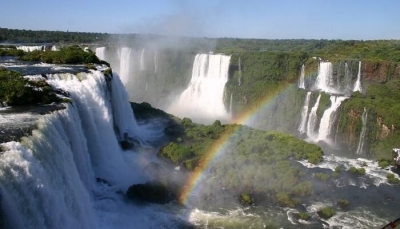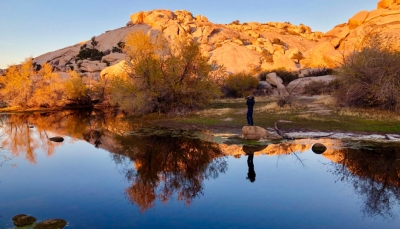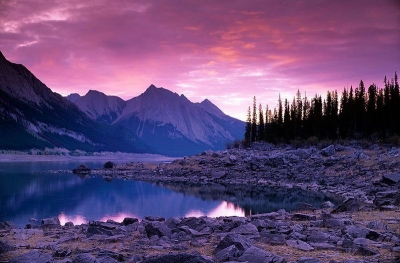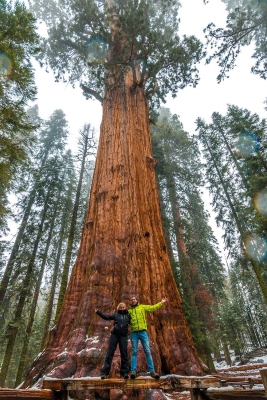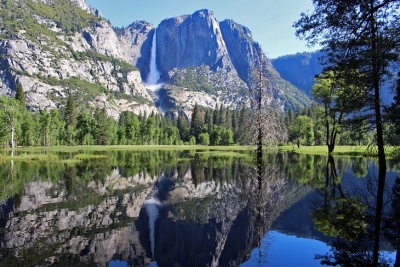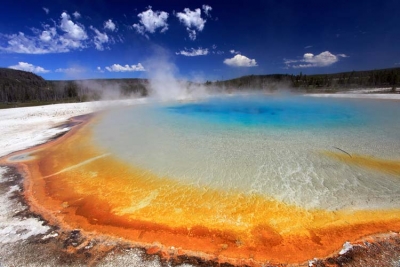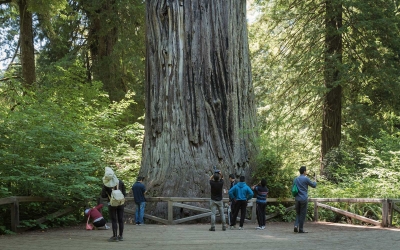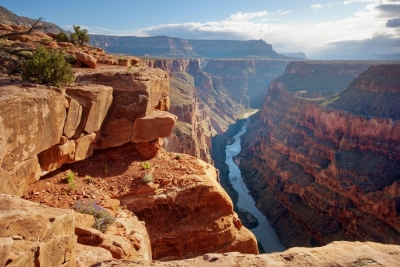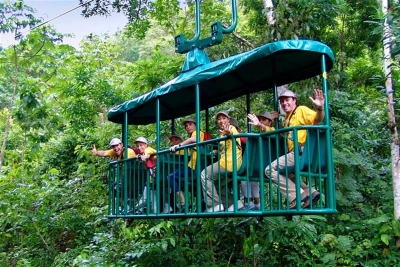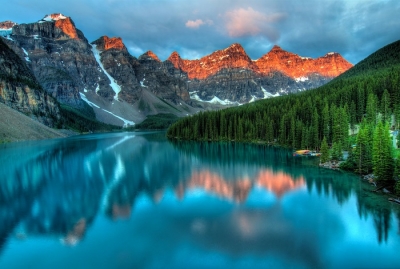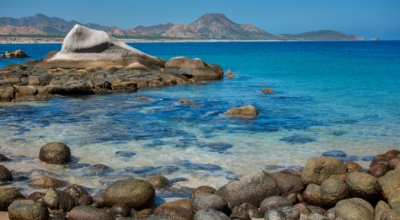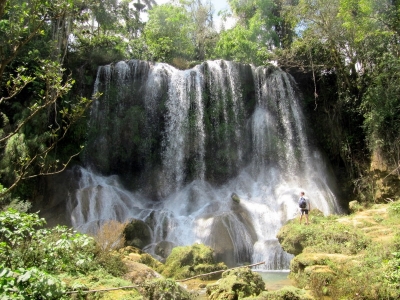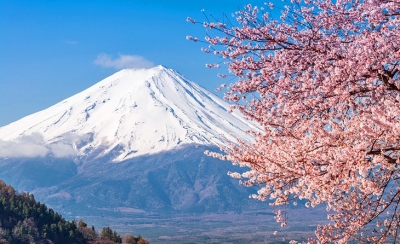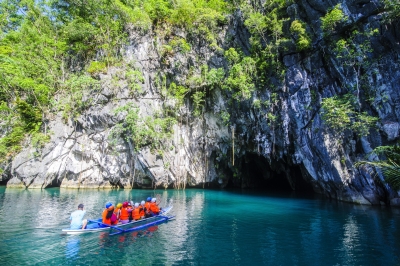Why is it said that the marine life in Los Roques Archipelago National Park is of high ecological value?
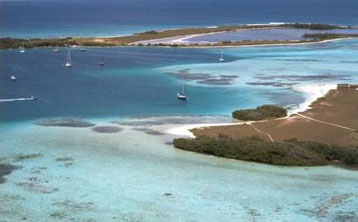
The ecosystem in Los Roques Archipelago National Park is dominated by coral reefs, mangroves, and seagrass beds. The coral reefs here host some of the most beautiful underwater fauna and flora of the Caribbean.
In fact, Los Roques has the highest-quality coral reefs with respect to species diversity, area of live coverage, and low incidence of diseases in the Caribbean. 61 species of corals, 200 types of crustaceans, 140 varieties of molluscs, 45 kinds of echinoderms, 60 species of sponges, and 280 kinds of fish thrive here. In addition to this, Los Rosques has a rich diversity in its bird population. At least 50 species of migratory birds visit the islands here. Four globally endangered sea turtle species nest regularly on the islands. Undoubtedly, this archipelago is of high ecological value.
Picture Credit : Google
